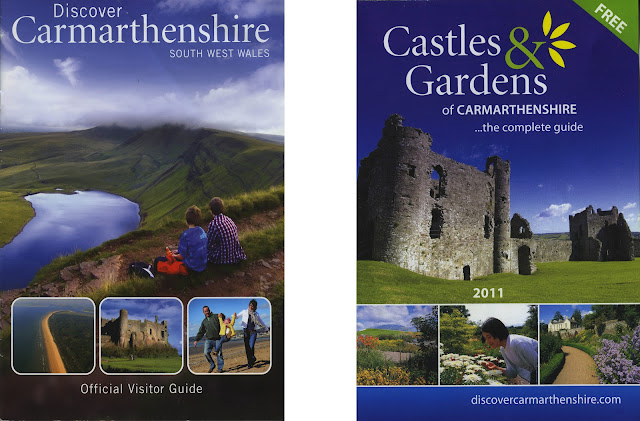5. Fake or Not?
Fake or Not?
There are many issues surrounding Documentary Photographs, and the main one is the veracity of the photographs and if they are fake or real?
Here are two very recognisable documentary photographs.
The one on the left is Arthur Rothstein's photograph 'Cattle Skull, Badlands', 1936. Rothstein was part of the Farm Security Administration, or the 'FSA', and was one of many photographers who were commissioned to photograph and document the effect that the Depression had on many rural parts of America. The 'FSA' was created to stress the efforts that must have been made to improve the lifestyle of share croppers tenants very poor landowning farmers and attempt to relocate them to land more suitable for their farming needs. The 'FSA' is very well known for it's influential photography program, even though it was small, between the years of 1935-1944.
To begin we have the problem that Rothstein would have been attempting to create the perfect photograph to portray the drout that had hit America, this is what he was commissioned for, and this effects the veracity of the photograph. I do find commissioned Documentary Photographs to be slightly more unconvincing, in comparison to those who are out capturing Documentary Photographs every day for no price. With commissioned photographers you do wonder if they are trying to get the best photographs, other wise they won't receive their money, so what's stopping them from faking the photographs, or changing what they photograph to get the best image.
There was a lot of controversy surrounding this photograph. It is believed that Rothstein carried the skull photographed around in the back of his truck, as he travelled, then waited until he found the dry ground, obviously this would make a more striking and direct photograph. Rothsteins photograph was then used as cover image for one of the various FSA books, you might argue that Rothsteins photograph might have never been used as the photograph if it was faked or on a different background.
On the right hand side we have Robert Capas 'Loyalist Militiaman at the Moment of Death, Cerro, Muriano, September 5, 1936', which is also known as 'The Falling Soldier'. This photograph was believed to have been taken during the Spanish Civil War of a soldier, who's name was later identified as Federico Borrell Garcia. There have been many allegations, since the very beginning, that this photograph was staged especially within Spain, but outside it was believed to have been a true Documentary Photograph.
The one on the left is Arthur Rothstein's photograph 'Cattle Skull, Badlands', 1936. Rothstein was part of the Farm Security Administration, or the 'FSA', and was one of many photographers who were commissioned to photograph and document the effect that the Depression had on many rural parts of America. The 'FSA' was created to stress the efforts that must have been made to improve the lifestyle of share croppers tenants very poor landowning farmers and attempt to relocate them to land more suitable for their farming needs. The 'FSA' is very well known for it's influential photography program, even though it was small, between the years of 1935-1944.
 |
| Other images by Rothstein? Same Skulls? |
There was a lot of controversy surrounding this photograph. It is believed that Rothstein carried the skull photographed around in the back of his truck, as he travelled, then waited until he found the dry ground, obviously this would make a more striking and direct photograph. Rothsteins photograph was then used as cover image for one of the various FSA books, you might argue that Rothsteins photograph might have never been used as the photograph if it was faked or on a different background.
Some Articles that discuss' Rothstein's Photograph
Faking Soldier, In July 2009 an article was released by The Daily Mail, suggesting that this influential 'Documentary' photograph was staged. For years, the authenticity of Capa's photograph was questioned. It was believed that Capa took a series of photographs at the location of the battle, but when matched with modern images, it appears that Capa's images were actually taken some 30 miles from the actual location of the fighting on the day in question.
"... Spanish newspaper El Periodico asserted that Capa's image was actually taken about 500 kilometres to the South-West near the town of Espejo" where there was no fighting on the day in question. Capa was hailed as one of the main founders of modern photo-journalism, who spent many many years as a war photographer who lived his life by the motto: "If the photo isn't good enough, it's because you're not close enough".
Richard Whelan in "This Is War! Robert Capa at Work" states:
The image, known as Death of a Loyalist militiaman or simply The Falling Soldier, has become almost universally recognized as one of the greatest war photographs ever made. The photograph has also generated a great deal of controversy. In recent years, it has been alleged that Capa staged the scene, a charge that has forced me to undertake a fantastic amount of research over the course of two decades. (Nota 3) I have wrestled with the dilemma of how to deal with a photograph that one believes to be genuine but that one cannot know with absolute certainty to be a truthful documentation. It is neither a photograph of a man pretending to have been shot, nor an image made during what we would normally consider the heat of battle.
—Richard Whelan in "This Is War! Robert Capa at work".
Robert Capa was a very recognised photo-journalist of his time, and his vast collection of photographed moved and shocked thousands, but it's difficult to judge any of his photographs when you know he's faked one.
Some Articles that discuss Capa's photograph.



Comments
Post a Comment